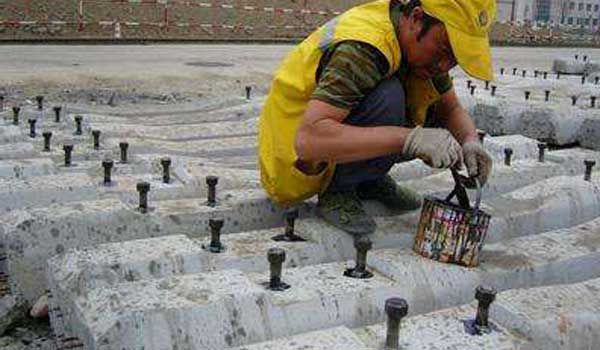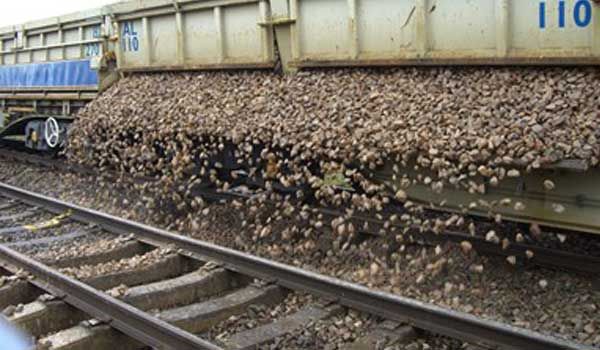The Journey Of Making Of A Railway Track
Apr 17, 2019 • 58 views
As the most important part of the railway system, the track plays a role in giving a reliable surface for a train to run. The first ever railway track was laid in 1825 since then, thousands of rail tracks around the nation are facilitating the ease of transportation. Ever wondered how these are made?
In general, railway track consist of permanent way, which is steel rail and railway sleeper, and track foundation consisting of ballast bed (crushed stones), and underlying subgrade.

Before the track is laid, many pre-construction activities take place. Like, the subdrainage system is formed that is used to prevent the railway from waterlogging. The preparation of construction materials is another work before track laying. Ordinary materials include railway sleepers, steel rail, rail fasteners, and some construction equipment.
After the pre-construction work is completed, the bottom ballast bed is laid on the slightly lifted ground. There are two types of ballast laying, top ballast, and bottom ballast. Top ballast laying is done after the rails have been laid. The crushed stones that are present alongside the railway tracks are collectively known astrack ballast. Their purpose is to hold the wooden or concrete sleepers in place, which in turn hold the rails in place.

Spreading of ballast is followed by Anchorage, which means the process that fixes rail spike to railway sleeper. This procedure requires materials such as sulfur, sand, cement, paraffin, screw spike. Earlier, hardwood sleepers were used but now, pre-stressed concrete is widely used. More stones are laid down around sleepers whose sharp edges prevent sleepers from sliding over each other.

At last, the steel rails are laid over concrete sleepers. They used to be joined by bolting on an extra piece of steel (fishplate) across the side of the joint, but today are usually continuously welded end-to-end. The steel used for making rails must be hard wearing and resistant to cracking. This is achieved by careful choice of the composition of the steel and by carefully controlling the way the hot rail is cooled. Their apex is designed according to the train's wheel ridge space.
Rail anchoris used to preventing track from crawling. Rail brace is connected with steel rail through rail bolt and nuts. Both rail anchor and rail brace are designed to keep steel rail in place and ensure rail safety. They also allow them to move longitudinally as they expand or contract due to temperature fluctuations. At last, top ballast laying is done and the track is ready to carry a train on it and, deliver goods and passengers to their respective destinations.

